Description
Experience of using FBP bus adapter in intelligent motor controller:
(1) Fieldbus can save a lot of costs
From the installation stage, only one communication cable is used to provide power and communication to the entire network. Compared with the point-to-point control method, a large number of cables, bridges, etc. are saved, which not only shortens
the installation time, but also reduces the cost. installation fee.
From a control point of view, the use of network communication and “soft” I/O methods saves I/O modules, especially analog modules. For example, for workstations such as intelligent motor controller UMC22 or frequency converters, start/stop, start mode,
acceleration/deceleration and other commands; parameters such as voltage, current , temperature, running time, etc. can all be realized from bus network communication.
(2) The equipment failure rate is greatly reduced, diagnosis is convenient, and elimination is rapid.
Because the FBP system uses only one communication cable to control the entire equipment network, the equipment failure rate is greatly reduced. The use of data communication to control each station not only greatly reduces the number of cables
in the traditional point-to-point method, but also greatly reduces fault links and further improves system stability.
The centralized control of the motor through the FBP system is very effective, which greatly facilitates the diagnosis of equipment faults. For example, when a certain intelligent motor controller UMC22 fails, not only can the alarm information be seen in the
central control room, but the alarm information can also be obtained from the operation panel of the UMC22, which is convenient and fast.
Engineering practice shows that 80% of bus faults occur in the bus cable itself, and the FBP system provides pre-installed cables with metal contacts to minimize the possibility of faults caused by cable problems.
(3) System monitoring is more convenient and intelligent.
The FBP system makes it more convenient for operators to access the working status of field stations and adjust control parameters at any time. Such as motor current, temperature and other parameters to ensure the normal operation of the motor.
(4) Plug and play (P&P) system expansion.
Because FBP adopts a “hand-in-hand” connection method, users can expand and insert the required monitoring objects in any link as needed.
Application 2 of ABB FBP bus adapter in intelligent motor controller:
Figure 5 Application of FBP and PDQ22 in smart motors
In Figure 5, the FBP system uses the PDQ22 device integrated with the Profibus protocol. Profibus and other fieldbuses use the standard RS 485 method. Each segment is limited to 32 master/slave stations. If more devices need to be connected, additional
devices are required. relay. Using PDQ22, you can connect 4 devices each to the Profibus DP bus, but as a node in the bus, you can save the number of bus nodes. Has the following characteristics:
Up to 4 FBP adapters can be used at one bus node;
Reliable system concept: detect equipment faults and indicate bus and equipment status;
Simple system integration: free access to parameters, operating and diagnostic data of connected devices; integrated maintenance management.
5. ABB FBP bus adapter is used in software configuration of intelligent motor controllers
PS501 programming software is used in this system. It uses ABB Codesys V2.3 programming software as the development environment, complies with the international standard of ICE61131-3, and can support statement list (IL), ladder diagram (LD),
and function block (FBD). , Sequential Function Chart (SFC), Structured Text (ST), and Continuous Function Chart (CFC) six programming languages. The complete setup of the AC500 system can
be completed, including all fieldbuses and interfaces, as well as comprehensive diagnostic functions, alarm handling, integrated visualization functions and open data interfaces.
Figure 6 FBP bus adapter configuration diagram in PS501 software
Figure 7 UMC22 monitoring interface (PS501 visualization function)
Excitation system ABB module 3HAC15661-7
Excitation system ABB module 3HAC15661-2
Excitation system ABB module 3HAC15625-6
Excitation system ABB module 3HAC15625-5
Excitation system ABB module 3HAC15625-2
Excitation system ABB module 3HAC15607-1
Excitation system ABB module 3HAC15571-3
Excitation system ABB module 3HAC15571-2
Excitation system ABB module 3HAC15534-1
Excitation system ABB module 3HAC15495-1
Excitation system ABB module 3HAC15492-1
Excitation system ABB module 3HAC15443-1
Excitation system ABB module 3HAC15433-1
Excitation system ABB module 3HAC15423-1
Excitation system ABB module 3HAC15389-1
Excitation system ABB module 3HAC15385-1
Excitation system ABB module 3HAC15377-1
Excitation system ABB module 3HAC1537-1
Excitation system ABB module 3HAC15365-1
Excitation system ABB module 3HAC1535-1
Excitation system ABB module 3HAC15309-2
Excitation system ABB module 3HAC15158-3
Excitation system ABB module 3HAC15038-1
Excitation system ABB module 3HAC14959-5
Excitation system ABB module 3HAC14947-1
Excitation system ABB module 3HAC14819-1
Excitation system ABB module 3HAC14691-1
Excitation system ABB module 3HAC14682-2
Excitation system ABB module 3HAC14682-1
Excitation system ABB module 3HAC14673-2
Excitation system ABB module 3HAC1466-2
Excitation system ABB module 3HAC14659-2
Excitation system ABB module 3HAC14551-2
Excitation system ABB module 3HAC14550-4/04B
Excitation system ABB module 3HAC14550-2/09A
Excitation system ABB module 3HAC14550-2/09A
Excitation system ABB module 3HAC14550-2/03A
Excitation system ABB module 3HAC14549-3
Excitation system ABB module 3HAC14549-1/11A
Excitation system ABB module 3HAC14546-4
Excitation system ABB module 3HAC14546-3
Excitation system ABB module 3HAC14546-1
Excitation system ABB module 3HAC14506-1
Excitation system ABB module 3HAC14406-1
Excitation system ABB module 3HAC14279-1
Excitation system ABB module 3HAC14279-1
Excitation system ABB module 3HAC14265-1
Excitation system ABB module 3HAC14265-1
Excitation system ABB module 3HAC14230-2
Excitation system ABB module 3HAC14214-1
Excitation system ABB module 3HAC14200-1
Excitation system ABB module 3HAC14171-1
Excitation system ABB module 3HAC14139-1
Excitation system ABB module 3HAC14053-1
Excitation system ABB module 3HAC14046-1
Excitation system ABB module 3HAC14004-1
Excitation system ABB module 3HAC14003-1
Excitation system ABB module 3HAC14002-1
Excitation system ABB module 3HAC14001-1
Excitation system ABB module 3HAC14000-6
Excitation system ABB module 3HAC14000-5
Excitation system ABB module 3HAC14000-4
Excitation system ABB module 3HAC14000-3
Excitation system ABB module 3HAC14000-2
Excitation system ABB module 3HAC14000-1
Excitation system ABB module 3HAC13998-1
Excitation system ABB module 3HAC13997-1
Excitation system ABB module 3HAC13996-2
Excitation system ABB module 3HAC13985-1
Excitation system ABB module 3HAC13960-2
Excitation system ABB module 3HAC13945-1
Excitation system ABB module 3HAC13944-1
Excitation system ABB module 3HAC13908-1
Excitation system ABB module 3HAC13863-1
Excitation system ABB module 3HAC13788-1
Excitation system ABB module 3HAC13666-1
Excitation system ABB module 3HAC1358-1
Excitation system ABB module 3HAC13441-2
Excitation system ABB module 3HAC13389-2
Excitation system ABB module 3HAC13387-1
Excitation system ABB module 3HAC13335-1
Excitation system ABB module 3HAC1317-1
Excitation system ABB module 3HAC13063-6
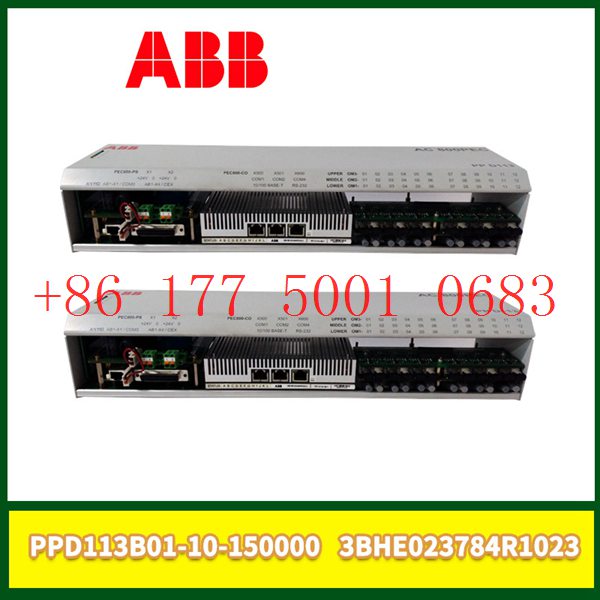
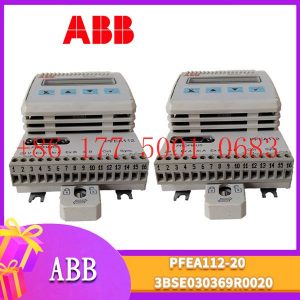
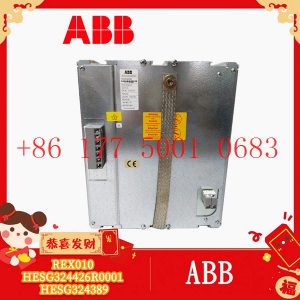
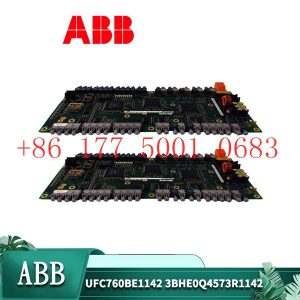
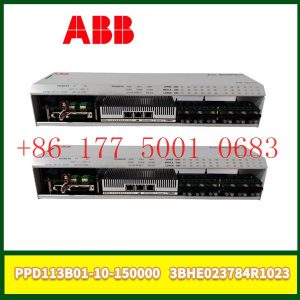




Reviews
There are no reviews yet.